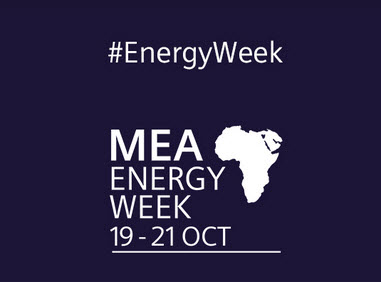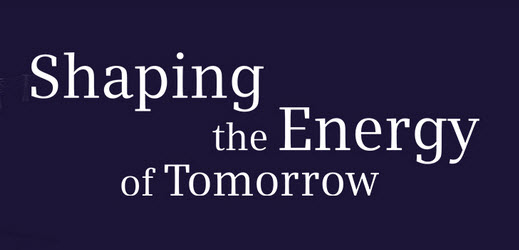 Reflecting back, moving forward. As we begin 2021, we all have had even more time to reflect on “that year” of 2020. For me, that was my “Energy Transition” year.
Reflecting back, moving forward. As we begin 2021, we all have had even more time to reflect on “that year” of 2020. For me, that was my “Energy Transition” year.
I really value these reflective periods. They allow you to simply “recalibrate” so you can at least start the new year off on a more purposeful set of objectives, those strategic stakes in the ground. Of course, you can argue these can simply end up as new year resolutions, often broken in the first few weeks, but hopefully, these objectives stay anchored into the ground as a firm intent, they become the foundation to build out from. Well, that’s my intent.
When I reflect back on the 2020 year, I have recognised the needs to make a significant energy change. As I posted my critical top six energy developments in 2020 in this recent post “Energy Progress- the best of 2020 leads to a great 2021″ it triggered a deeper evaluation to lead out to 2021.
The key to 2021, in my opinion, will be a real breakthrough year of innovation, based on technology invention.
“2020 advanced the commitment to the shift from fossil fuel to renewables that has real momentum in the coming years. 2021 will be the breakthrough year where the energy transition has the unstoppable forces happening.”
We are all wanting to look forward, to a different, a more engaged world in 2021. Continue reading




 Further major Energy Solution Providers have announced their intentions of withdrawing from Coal.
Toshiba will stop taking orders for coal-fired power plants in line with growing global trends toward reducing carbon emissions. Toshiba holds 11% of the global thermal-power generation market, excluding China. This includes building power plants, producing steam turbines and providing maintenance. While the company will stop accepting new orders for coal-burning plants, it will build 10 stations under existing orders in Japan, Vietnam and other countries.
Siemens Energy, which builds steam turbines for power plants, will no longer take on new business to supply coal-fired powered stations, it said on 10th November 2020 making it the latest firm to scale back fossil fuel-related operations. Selling turbines to coal-fired power plants accounts for a low single-digit percentage of the company’s sales or roughly 820 million euros ($970 million) based on 2020 figures. According to a recent comment, the business was profitable. Siemens Energy has stated it will still meet existing commitments, including placed bids, and honour service contracts for combined heat and power stations but not engage in further coal business (Source Reuters).
Also Black & Veatch, an engineering and construction firm, has announced it also will cease participation in any further coal-based power design and construction. This shift allows its workforce to further accelerate the creation of solutions that help transform the industry, including helping clients reduce dependence on coal power assets and minimize the impact of those assets to the environment. The company says its transition away from any coal-related activity is about a commitment to sustainability and accelerating efforts toward a carbon-free energy future,
Further major Energy Solution Providers have announced their intentions of withdrawing from Coal.
Toshiba will stop taking orders for coal-fired power plants in line with growing global trends toward reducing carbon emissions. Toshiba holds 11% of the global thermal-power generation market, excluding China. This includes building power plants, producing steam turbines and providing maintenance. While the company will stop accepting new orders for coal-burning plants, it will build 10 stations under existing orders in Japan, Vietnam and other countries.
Siemens Energy, which builds steam turbines for power plants, will no longer take on new business to supply coal-fired powered stations, it said on 10th November 2020 making it the latest firm to scale back fossil fuel-related operations. Selling turbines to coal-fired power plants accounts for a low single-digit percentage of the company’s sales or roughly 820 million euros ($970 million) based on 2020 figures. According to a recent comment, the business was profitable. Siemens Energy has stated it will still meet existing commitments, including placed bids, and honour service contracts for combined heat and power stations but not engage in further coal business (Source Reuters).
Also Black & Veatch, an engineering and construction firm, has announced it also will cease participation in any further coal-based power design and construction. This shift allows its workforce to further accelerate the creation of solutions that help transform the industry, including helping clients reduce dependence on coal power assets and minimize the impact of those assets to the environment. The company says its transition away from any coal-related activity is about a commitment to sustainability and accelerating efforts toward a carbon-free energy future, 


